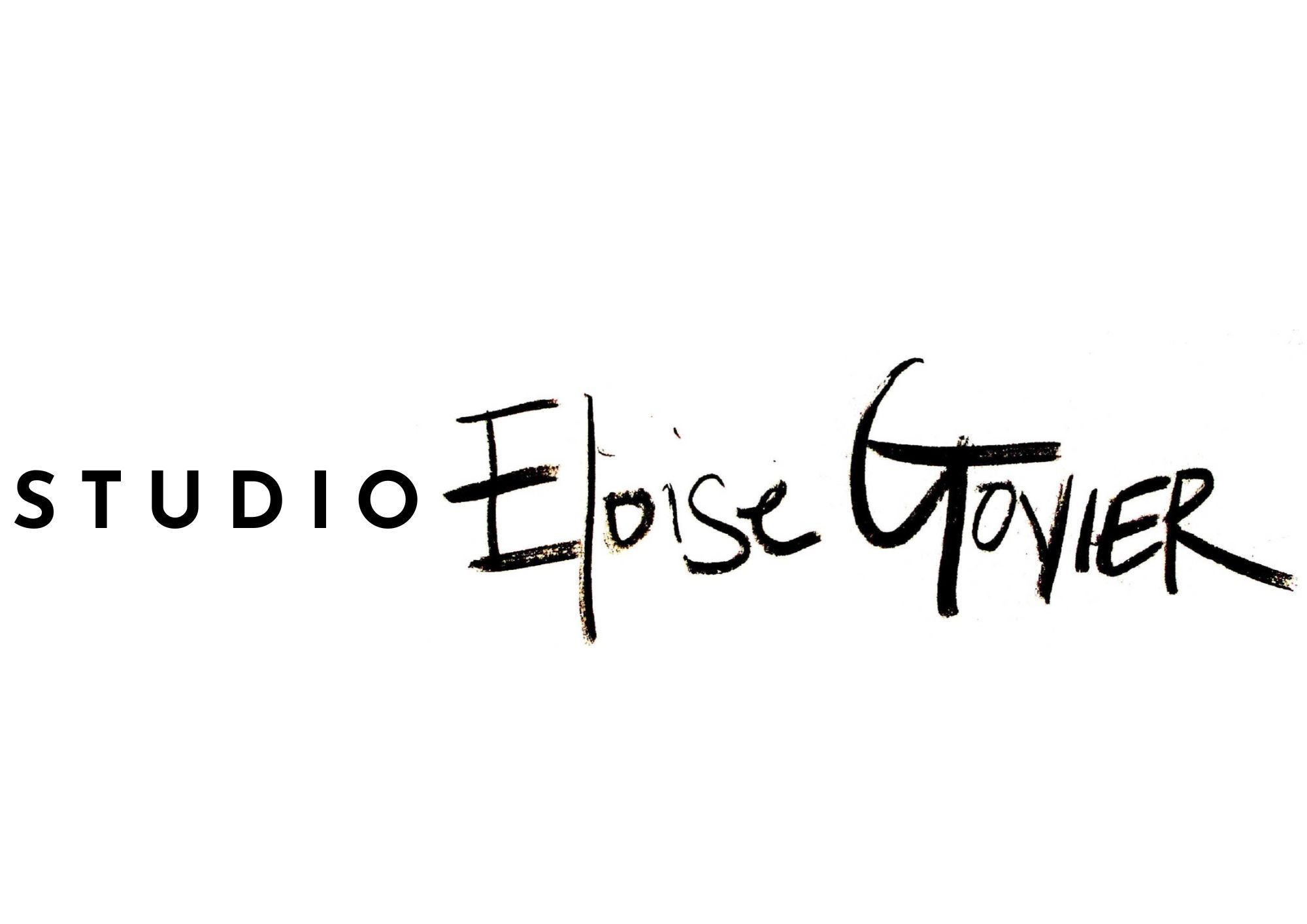Dr Eloise Govier will be presenting two papers at the EAA 2018 Barcelona 'Reflecting Futures' conference at the Faculty of Geography and History, University of Barcelona and CCCB - Centre de Cultura Contemporania de Barcelona. 2018 European Year of Cultural Heritage (EYCH) #EuropeForCulture
Title: Material Expressions of Local Level Solidarities and Conflicts in Egalitarian Lifeways at Çatalhöyük
Abstract: In response to concepts of ‘belonging’, ‘identity’, and ‘power’, I offer a theoretically-informed approach to the residues of material engagements to understand local level solidarities and conflicts at the Neolithic settlement Çatalhöyük. Rooted in an approach that synthesises ‘phenomena’ (Barad 2003, 2007, 2012), and pedagogical understandings regarding ‘communities of practice’ (Lave and Wenger 1991; Wenger 1998, 2012; Wendrich 2013), this paper identifies key making events during the lifespan of the egalitarian settlement. Despite the uniformity in house construction, grain stores, and material access (see Hodder and Cessford 2004); different making methods (or ‘practices’) - some visible, some invisible (see Love 2013) - are evident at the settlement. By beginning with the premise that a practice is the ‘property’ of a community (Wenger 2012: 2), I argue these events indicate that knowledge formed through material engagement was contained within the community of practice, and did not always penetrate the walls between houses. Building on the vital materialist arguments I have presented elsewhere, here I attend to the materiality of certain making events, and highlight the ruptures and flows of knowledge patterns (see Fletcher 1995) between houses at Çatalhöyük. I argue that the physical boundaries between certain households, were also cognitive and sensorial boundaries that directly correlate with power-play tensions growing and subsiding at the settlement.
Keywords:Neolithic; Making; Vital Materialism; Karen Barad; Phenomena
Session: Meaningful places: integrating theories, methods and scientific techniques in the archaeological study of a dwelling place
Session theme: Theories and methods in archaeological sciences
Title: Matter-discourse-movement: making, sharing, and locating meaning in Prehistory
Abstract: There are many nuances in the New Materialisms discourse, particularly in-terms of how the relationships between humans and things are conceptualised (see DeLanda 2006, Barad 2007, 2012, Bennett 2010). These differences have a direct impact on the way archaeologists explore and understand Prehistoric making. Philosopher and Physicist Karen Barad (2003, 2007, 2012) has brought a new understanding of causality and agency to the academic discourse (agential realism). Her ontological re-configuration of the ‘between’ has brought into focus how human and material ‘matterings’ interrupt the causal milieu (Barad 2007). In this paper I focus on the ‘between’ humans and materials during ‘making events’. By outlining the idiosyncrasies between the hylonoetic field (Malafouris 2013), the hylomorphic model, and morphogenetic approach (Ingold 2013), I indicate how a Baradian approach offers something that is not encapsulated in these concepts, which I frame as the hylo-logos-kinesis model (matter-discourse-movement). Pivoting between theory, method and practice, I consider the residues of Neolithic creative practices and how matter informs and reveals unique modes of being (cf. Conneller 2011). The material culture found at Çatalhöyük reveals the traces of highly creative and materially-engaged individuals and communities, who routinely made and re-made things, such as sun-baked clay figurines, basketry, and beads. The residues of material events offer a rich dataset to explore how the analysis of matter-discourse-movement can help locate meaning in Prehistory.
Keywords: Matter; Karen Barad; New Materialisms; Making; Hylomorphism
Session: “The head and the hand”: skills, learning and knowledge in prehistoric productions.
Session theme: The archaeology of material culture, bodies and landscapes
